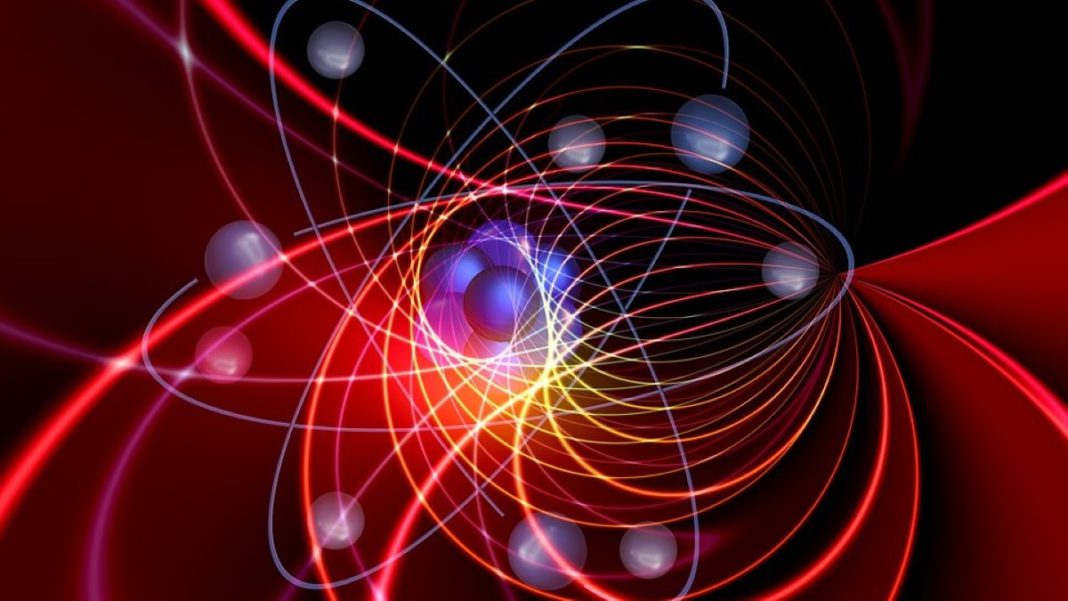INDIA: Quantum mechanics, the branch of physics that describes the behaviour of particles at the subatomic level, is notoriously weird.
One of its most perplexing aspects is the measurement problem paradox, which has been puzzling physicists for nearly a century.
The measurement problem arises because, in quantum mechanics, particles only have a definite location or velocity once they are observed or measured.
Instead, they exist simultaneously in a “superposition” state in all possible locations or velocities.
Only when an observer observes their state “collapses” into a definite location or velocity.
This paradox means that the act of observation or measurement profoundly affects the behaviour of particles.
It raises the question of whether the act of measurement somehow creates reality or if reality exists independently of our observations.
One famous thought experiment that illustrates the measurement problem paradox is Schrödinger’s cat.
In this scenario, an observer places a cat in a box with a vial of poison that releases poison if a radioactive atom decays.
According to quantum mechanics, until the observer opens the box and observes the cat, it exists in a superposition state where it is alive and dead.
Only when the box is open and the cat observed, does its state collapse into a definite outcome. The measurement problem has been a topic of debate among physicists for decades.
Some scientists argue that measurement is inherently subjective and that separating the observer from the observed is impossible.
Others believe that an objective reality must exist independently of our observations. One proposed solution to the measurement problem is the many-worlds interpretation.
This theory suggests that when one makes a measurement, the universe splits into multiple parallel universes, each containing a different outcome.
In this interpretation, the cat in Schrödinger’s thought experiment would exist in both a universe where it was alive and a universe where it was dead. Still, the observer would only be aware of one of these outcomes.
Despite numerous attempts to resolve the measurement problem paradox, it remains one of the most perplexing and contentious issues in quantum mechanics.
It raises fundamental questions about the nature of reality and the role of observation in shaping it.
The measurement problem paradox has been so difficult to solve because it challenges our fundamental assumptions about the nature of reality.
Classical physics, which describes the behaviour of objects at the macroscopic level, assumes that things have a definite location and velocity at all times.
Quantum mechanics upends these assumptions, showing that particles exist in a state of indeterminacy at the subatomic level until one observes them.
As our understanding of quantum mechanics evolves, the measurement problem will remain debated and explored for years.
It highlights the weird and counterintuitive nature of the quantum world and challenges us to rethink our fundamental assumptions about the nature of reality.
The measurement problem paradox is one of quantum mechanics’ most puzzling and contentious issues.
It raises fundamental questions about the nature of reality and the role of observation in shaping it.
While scientists have proposed numerous theories to resolve the paradox, it remains an ongoing debate and exploration topic.
As we explore the weird and wonderful world of quantum mechanics, the measurement problem will continue challenging our understanding of the universe.
Also Read: The Mystery of Quantum Tunnelling: Exploring One of the Strangest Phenomena in Physics



